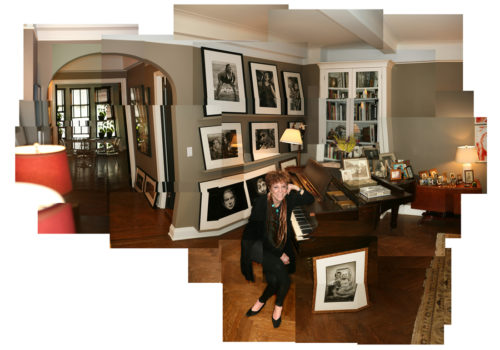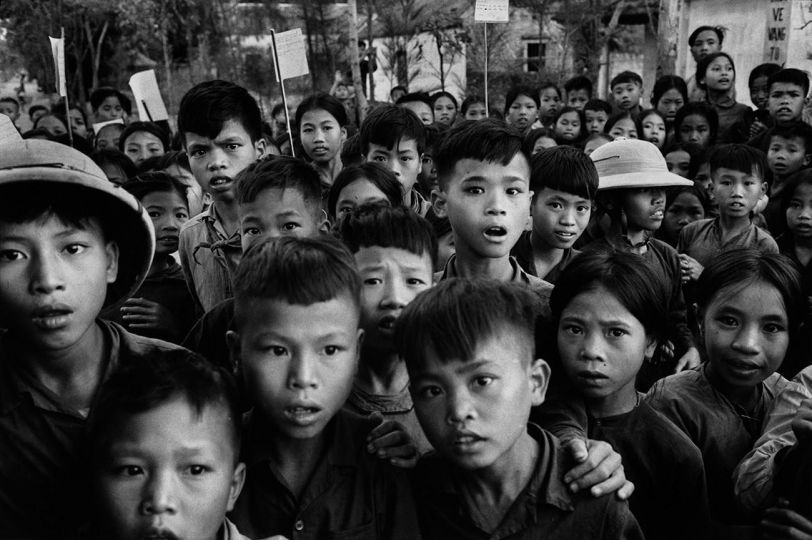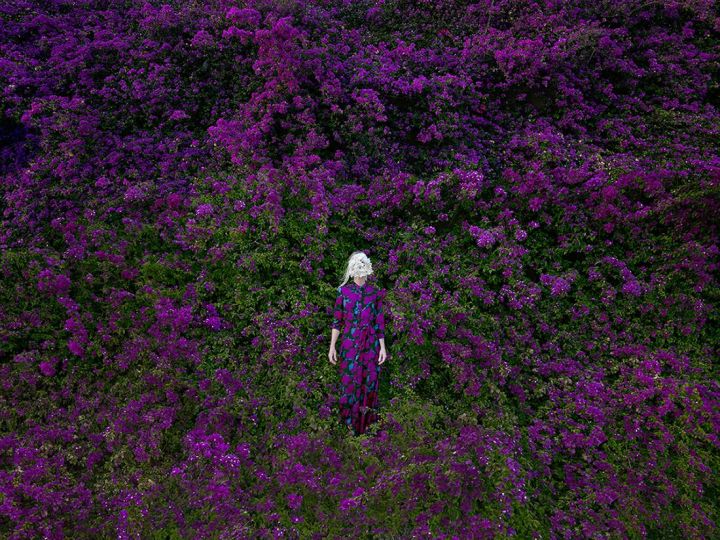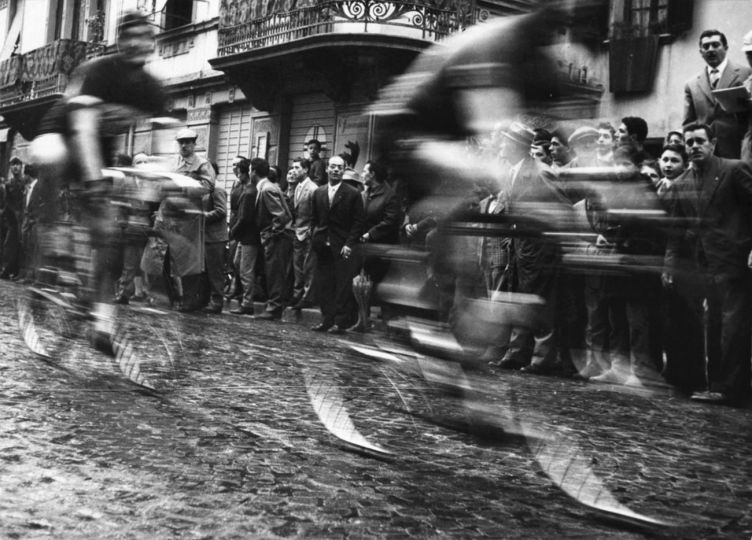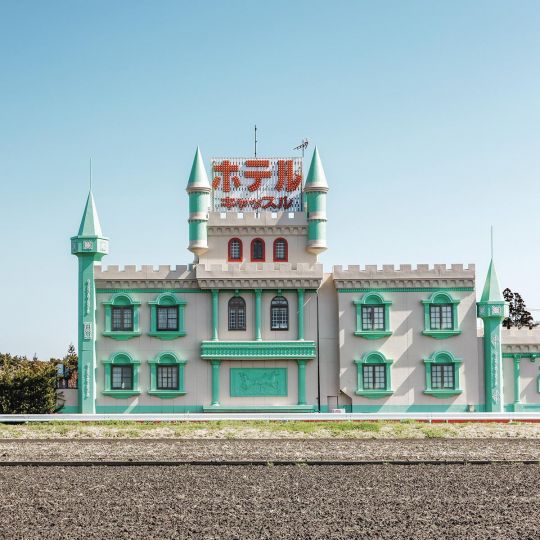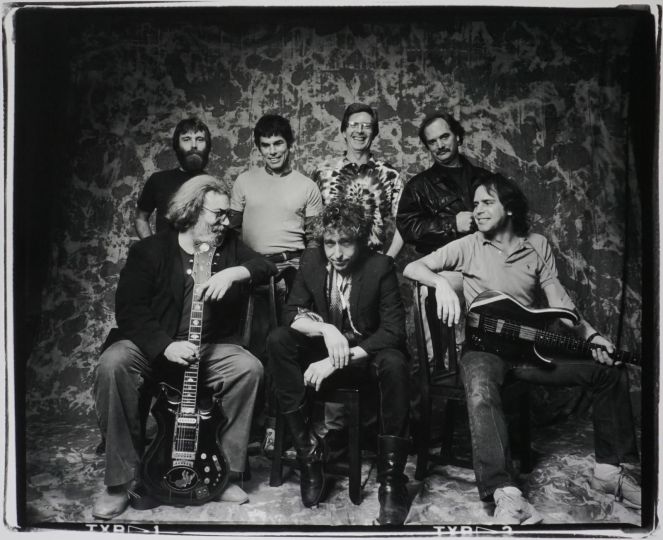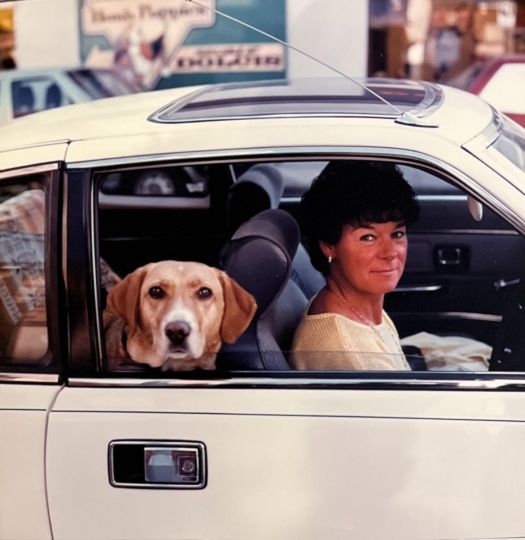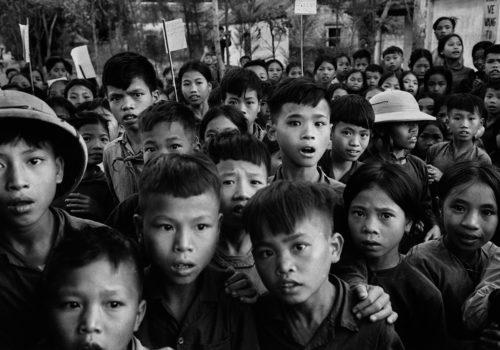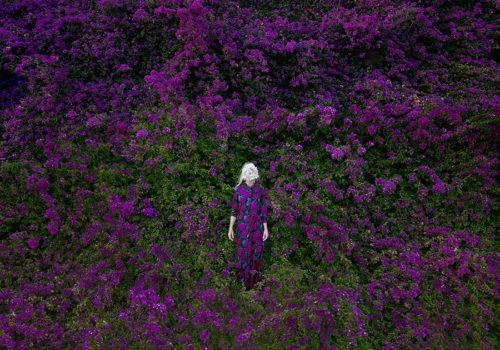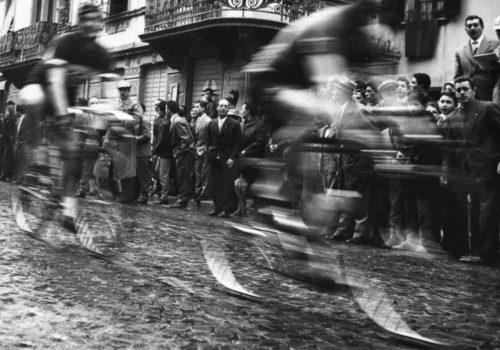1. How and when did you begin collecting? What was the first photograph you bought?
I began to collect about 10 years after I was an intern at The International Center of Photography — during its very first year of operation — in 1975! And ironically, the first photo purchase was thanks to an ICP field trip in 1985 to the Parish Art Museum in Southampton to see a Flowers exhibition from the collection of Sam Wagstaff. I fell in love with a photograph by Andrew Bush from a series that he did documenting a charming house in Ireland. Columbines immediately hit me emotionally as it included many of the “ touch points” from my childhood — family portraits on a bookcase with a cropped painting above, a vase of flowers and lots of European paperbacks. It just spoke to me. (Julie Saul was conveniently sitting in front of me on the bus and was Bush’s dealer at the time.) So I bought it along with a companion piece. And despite the fact that my collection is primarily about people, I still adore these two initial first purchases!
2. What do you consider your first real success in collecting? Your biggest failure? What is your prize?
That’s like asking who is your favorite child! No big failures…but my taste has changed from the early days, which seems like a fairly normal outcome over a 25-year-plus period of time. And I have de-accessed a bit but only a very small percentage. When you ask about success, it can be measured in different ways. One is perhaps financial and it is nice to see some of my early purchases — Cartier-Bresson, Robert Frank, Sugimoto, Goldin, Mapplethorpe, Levitt, Muniz, Serrano — grow in value. But probably the success that I am most proud of is watching those naysayers who told me that “photography is not art” begin to collect! I have a somewhat infectious enthusiasm about photography and am always so pleased when someone — a collector or even a dealer — tells me that I’ve influenced them. Very satisfying!
3. What is your concentration or theme in collecting now, if any?
I’d say there are a few themes. From the beginning, the one theme that has lasted throughout my years of collecting is the reference to art history and my love of artist’s portraits (and a few self portraits). I have an undergraduate and graduate degree in art history, and my first job was at the Metropolitan Museum of Art. So my collecting comfort level began with portraits of artists — and I have at least 30 of them. There’s Cartier-Bresson’s portrait of Matisse, Karsh’s portrait of Giacometti, a great vintage Avedon portrait of a young Nureyev, Cindy Sherman as Lucille Ball, Steichen’s portrait of Rodin, and even “portraits” of artist’s studios (Bill Brandt’s portrait of Cezanne’s studio and Brassaï’s of Picasso’s from the mid 1940s). I also love the inter-connection between the artists in real life — Noguchi (by Karsh) who had a long affair with Martha Graham (by Barbara Morgan) and who created the symbol (lyre) for the New York City Ballet (image by Platt Lynes). Or a portrait by Beaton of David Hockney and his partner Henry Geldzahler taken at the same time as Andy Warhol’s first show (by Village Voice photographer, Fred McDarrah). Another theme is tied to France where I’ve spent a great amount of time (my grandfather lived there for nearly 50 years) — Cartier-Bresson’s On the Banks of the Marne, Kertész’s Under the Eiffel Tower, Marc Riboud’s Painter on the Eiffel Tower and a great contact print by Brassaï of the Street Walker and another contact print by Lartigue of Renee. Finally, I am attracted to portraits and the human spirit. These portraits over the years have become stronger and stronger, and a bit more “in your face” and perhaps even shocking — Bill Klein, Lisette Model, Alec Soth, and Christer Stromholm, to name a few.
4. What is your approach? Do you go on instinct? Do you buy from galleries, dealers, auctions, and/or directly from artists?
My approach is eclectic — as I buy from galleries, auctions, art fairs, and benefit auctions. But what I do is homework — so even if something is instinctual, I try to do a little research — from provenance to getting a condition report, even if it’s a benefit auction.
5. Is there any other photography collector you especially admire?
I admire anyone who takes collecting seriously — and supports artists, galleries and nonprofits in the process. Over the last year, it has given me great pleasure to give back by teaching others how to collect. Collecting Photography 101: Beginner Basics doesn’t preach what to buy but gives students the tools and ammunition to ask the right questions and gain enough confidence to make smart purchases. Collecting Photography began with the Camera Club of NY and has now spread to classes at ICP, Center for Photography at Woodstock, PRC in Boston, The Jewish Museum, and even to the Columbia Museum of Art in South Carolina. Another new class for photographers — rather than collectors — is about to begin too: “Inside the Collector’s Mind: How They Think, Decide and Buy” to help photographers understand what makes us collectors tick!
6. Is the idea of collecting vintage work important to you?
Actually, it is.
7. How important is investment potential versus esthetic pleasure in choosing what to buy?
I don’t collect for “investment” purposes but I do believe in a “threshold” approach. Up to a certain amount, many of us have a “threshold” where you might not get your money out. And you need to be OK with that. And anything above that “threshold” you look at the image as a collectible or commodity where you know you can trade or sell it.
8. If there is one picture you would like to buy but haven’t been able to, what would that be?
I am totally opportunistic. Nothing is on the radar screen and everything is. I love to go through the auction catalogs, dog-ear pages and see if they sell. Often, if they don’t, I’m on with the specialist the next day!

